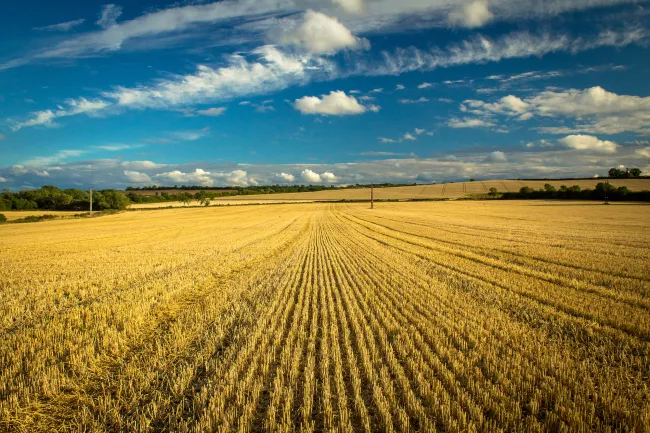How food gets to our plates and what happens afterwards, connects many issues of concern, including health, biodiversity, climate change, livelihoods, and more.
This chapter, and associated resources, provides an entry point into ‘food systems’ thinking and the multifaceted set of issues that are connected through food. It provides a foundation for the wider set of ideas and complexities that are explored in the other chapters of Foodsource.
Image


Comments (0)